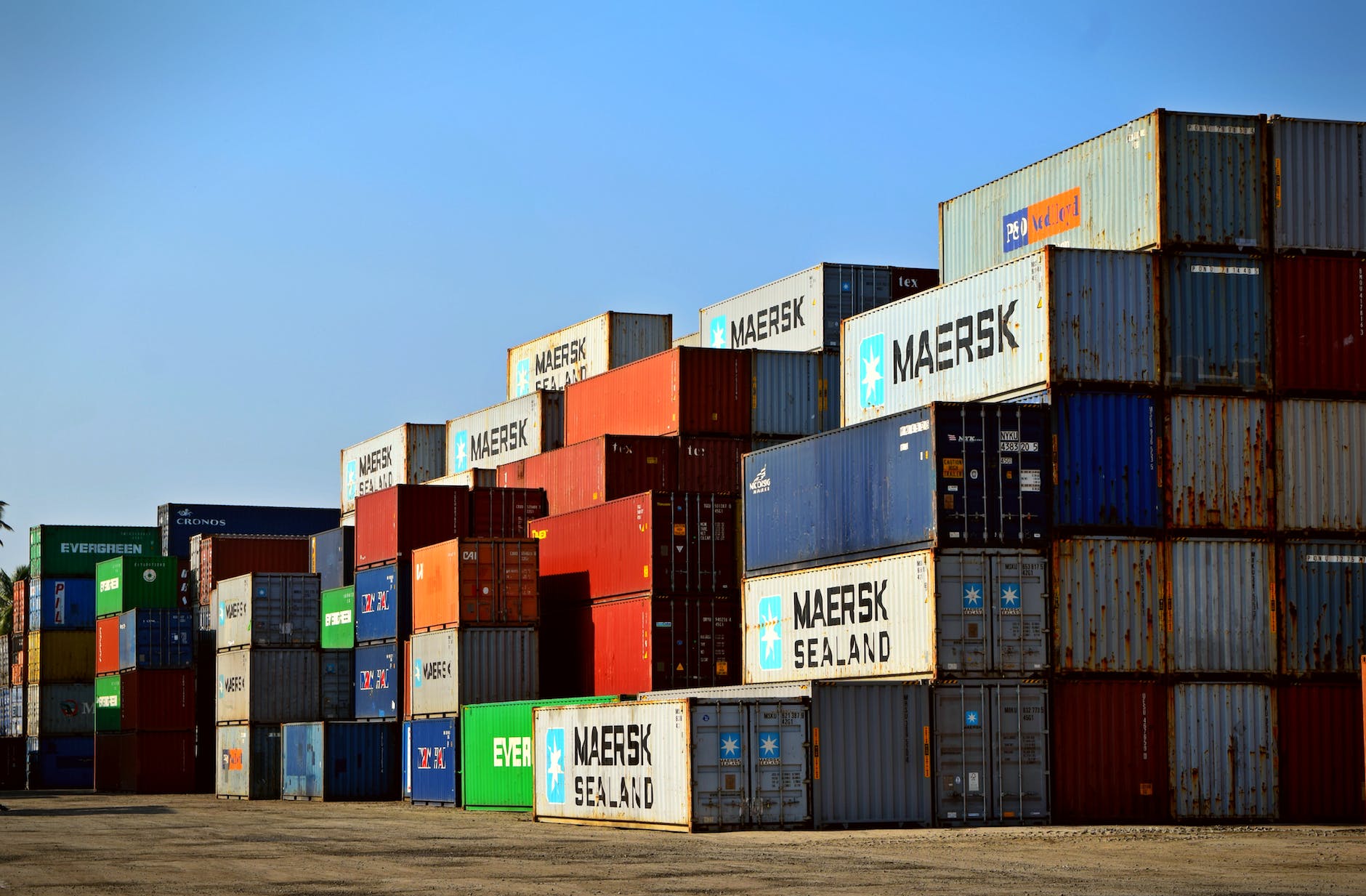
If you want to go into the business of selling cars and you need to ship them, then you need to have a reliable shipping option. One of the options you can use for car shipping is roro shipment or Roll On Roll Off (RORO), in which your vehicle is driven on and off the vessel. The other option is container shipping, where you load your cars into a shipping container. But which one is the best for you?
To answer this question, we need to define shipment options and key differences so that you can choose one that is good for your business.
What is RoRo shipping?
RORO is the most convenient and cost-effective method of exporting or importing any car. To provide total security, the vehicles are driven right aboard the RORO ship and securely blocked, braced, and roped down within the ship, which is wind and waterproof.
RORO vessels can transport any form of motorized cargo, including vehicles, trucks, boats, buses, motorcycles, RVs, agricultural vehicles, construction vehicles, and heavy gear.
RORO shipping was invented by the Japanese and is an excellent vehicle shipping option due to its efficiency and low cost. It gets its name because goods may be rolled aboard the ship at the port of origin and then easily rolled off when it arrives at its destination. The ability to ship without considering packaging and its associated expenses makes RORO shipping the cheaper choice.
What is container shipping?
When shipping via container, the vehicle is driven into the container and locked in place with chocks and ratchet straps, so it does not move during travel. Car shipping containers must also adhere to strict rules to guarantee that they are physically strong, wind and waterproof, and secure while transporting your vehicle(s).
What is the process of RoRo shipping?
The RORO process begins when a consumer evaluates alternatives and calls a carrier to enquire about RORO shipping prices. RORO shipping is often less expensive than single container choices. However, it may be more costly than utilizing a consolidated shipping container, which loads many cars into a single shipping container.
RORO shipment cars are initially delivered to a parking area at the port of origin. This can be done in person or by arranging freight transportation from your location to the port.
It will remain there until it is ready to load. A shipping specialist will drive your vehicle onboard the cargo vessel alongside other cars in an order chosen to maximize space consumption and fit as many vehicles as possible into their assigned cargo area.
Once parked, the car is anchored to the decking using bracing or straps to protect it from moving even in inclement weather. Your car will remain there for the duration of the journey.
A shipping specialist drives your vehicle off the ship and into a port lot once the ship arrives at its destination and clears customs. You can pick it up personally, or they will arrange a shipment to transport it from the lot to the destination.
What is the container shipping process?
Although RORO shipping is the most practical choice for vehicle transportation, it has certain geographical constraints. RORO shipping has specific worldwide routes, which is where container shipping comes in because where RORO is not available, container shipping nearly always is.
A customer will order with a manufacturer and then coordinate transportation from the manufacturer’s site to their own. Shipping containers will undoubtedly be required depending on where these places are located. Most producers have the best access to their facility via road, meaning the vehicles must be put onto a truck and transported to their destination or the nearest port.
Typically, the freight forwarder is in charge of determining the best route from point A to point B. This might be the most cost-effective or the quickest option. In any case, in this step, they will load the container onto a vessel that will transport it to the destination.
Next, the vessel must undergo customs clearance when it arrives at the destination port. Then afterward, a truck takes the container to a distribution center and then shipped to individual clients.
What to consider when choosing the type of shipping method to use
Pricing is what attracts many people to RORO shipment. RoRo shipping rates are often midway between consolidated and single container shipping costs. It is determined by the size of the car to be transported and the distance to your destination.
Consolidated containers are less expensive because each container houses many additional vehicles. Although single containers are substantially more costly, they may be the best alternative for safeguarding classic cars.
Speed – Single container shipping provides speedier service if your car has to arrive faster. There is no need to wait for a RORO vessel to be full if your container is loaded with only the vehicle and then transferred to a ship.
Clearing Out Your Car – RORO shipping is designed to transport an empty vehicle. There may be no personal stuff inside the car. It is not permitted to be utilized as “additional” cargo space for personal things. Personal things that you have secured can be sent in containers.
Insurance – There is no inspection before the car is placed onto the ship for RORO shipment. While it may be insured against total loss, aesthetic problems such as scratches, dents, and other flaws are not. Container shipment is the superior alternative if you’re exporting a classic car whose worth is determined by its condition.
Shipping time – Not only are there disparities in container and RoRo shipping charges, but there are also differences in shipment timeframes. RoRo shipping can take anywhere from three weeks to a month. Consolidated container shipping typically takes 30-40 days or longer. Single container shipment takes the shortest time, between two and three weeks.
Knowing the key differences between RoRo and container shipping is critical for selecting the best shipping option.

